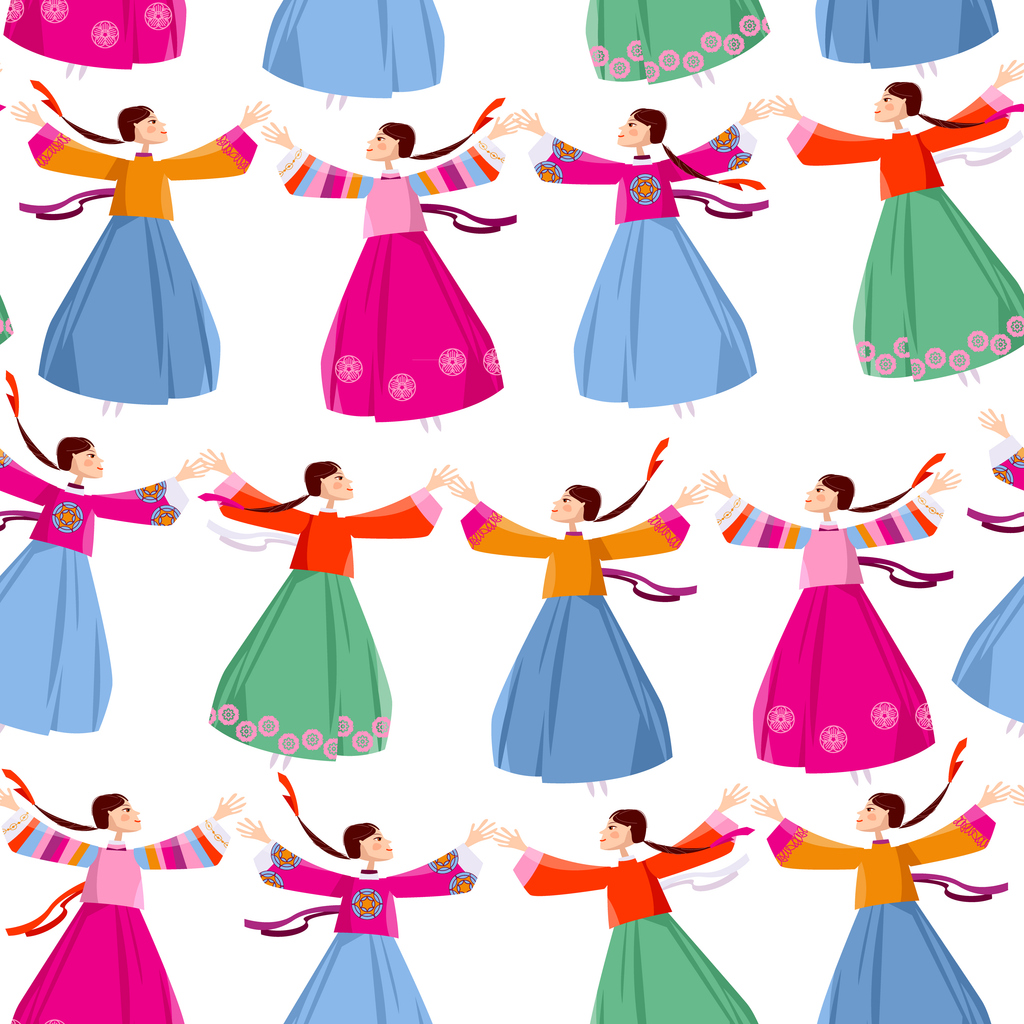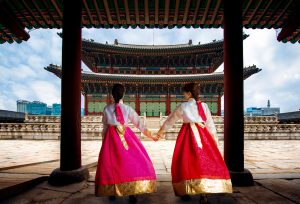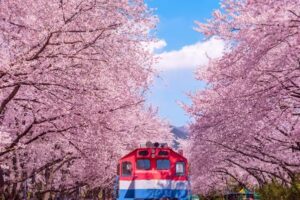Travel Korea: Explore UNESCO Heritage in Korea
As you may know, UNESCO has been around for over 75 years, cataloging and protecting historically and culturally significant sites all over the world. Korea has been a grand recipient of UNESCO sites over the years, owing to its rich history. Many of these over 50 heritage sites and items have become some of the top tourist attractions in the country! Any visitor to Korea should have these UNESCO spots on their list to visit or admire. To make it easier for travelers, we’ve compiled a list of some of the top UNESCO points of interest, including temples, sites of former royalty, and intangible cultural attractions. Check out our list below and start planning your own must-see UNESCO Heritage experiences!
Top Temples in Korea: UNESCO Heritage
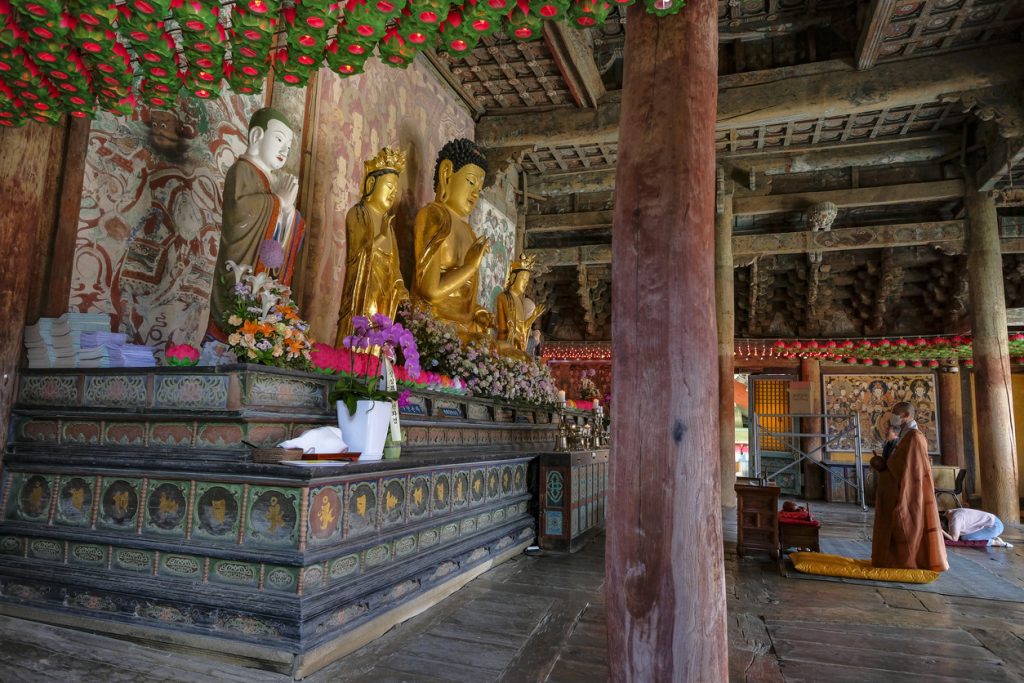
- Bulguksa Temple – located in Gyeongju, the Bulguksa Temple is an important site for Korean Buddhism. Considered one of the gems of the Silla Kingdom for its architecture, the Bulguksa Temple is a staple in Korean travel itineraries. In addition to the gorgeous exterior, the temple also holds several national treasures inside, such as two statues of Buddha gilded in bronze.
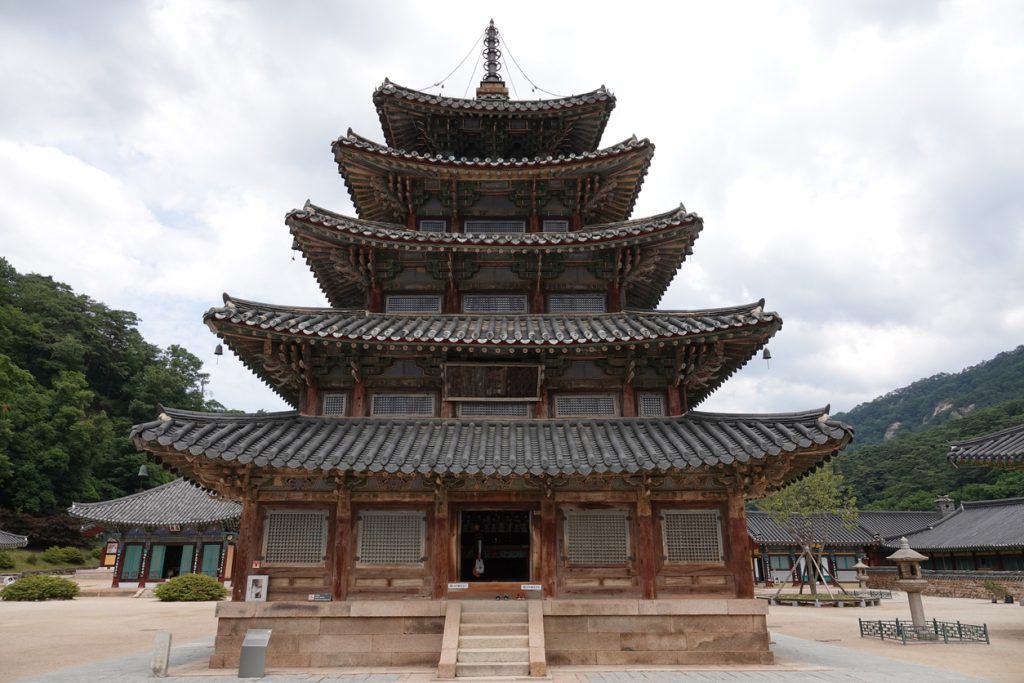
- Beopjusa Temple – as one of the head temples of Korean Buddhism, the Jogye Order specifically, Beopjusa Temple is a top site for anyone interested in Buddhist practice. On top of that, it is widely regarded as one of the most beautiful temples in the country. Dating back to nearly 550, the temple has maintained its historical charm throughout the years. As a bonus, it is located in the Songnisan National Park, which has wonderful natural sites in its own right. The temple also offers a temple stay program.
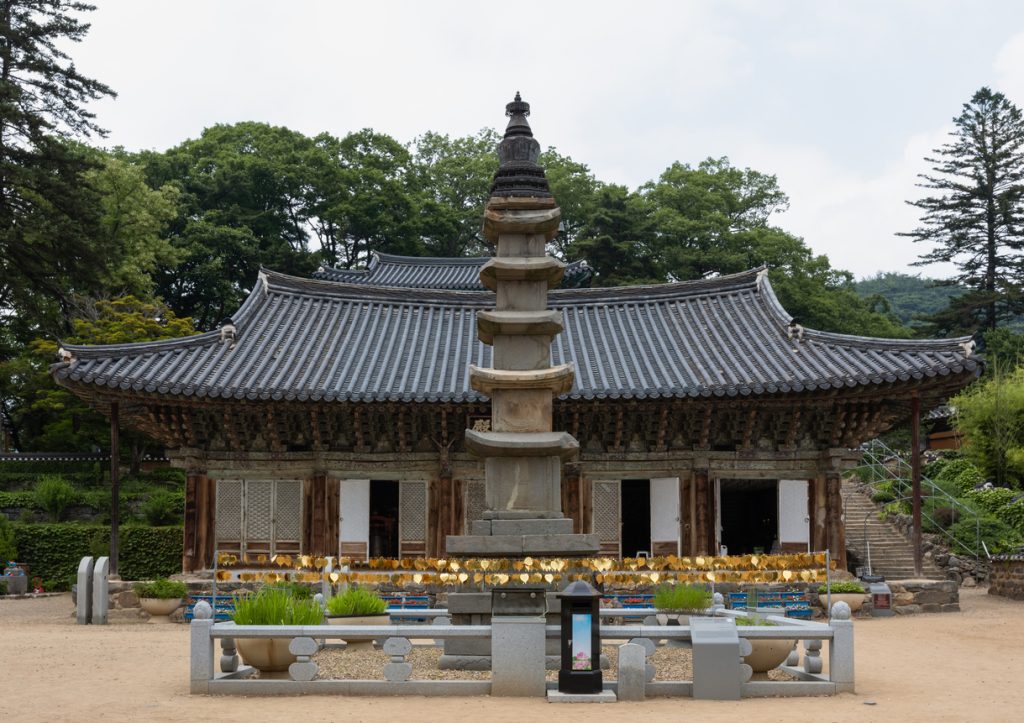
- Magoksa Temple – another Buddhist temple on the UNESCO World Heritage lists! This temple is located on the Taehwasan Mountain, lending it an otherworldly beauty all its own. The temple is famous both for the gorgeous landscape surrounding it, but also for its unique design, which complements the stream that runs through the compound. If you really want to immerse yourself in Buddhist culture and traditions, you can even look into the temple’s program that allows visitors to stay and experience it firsthand for a while.
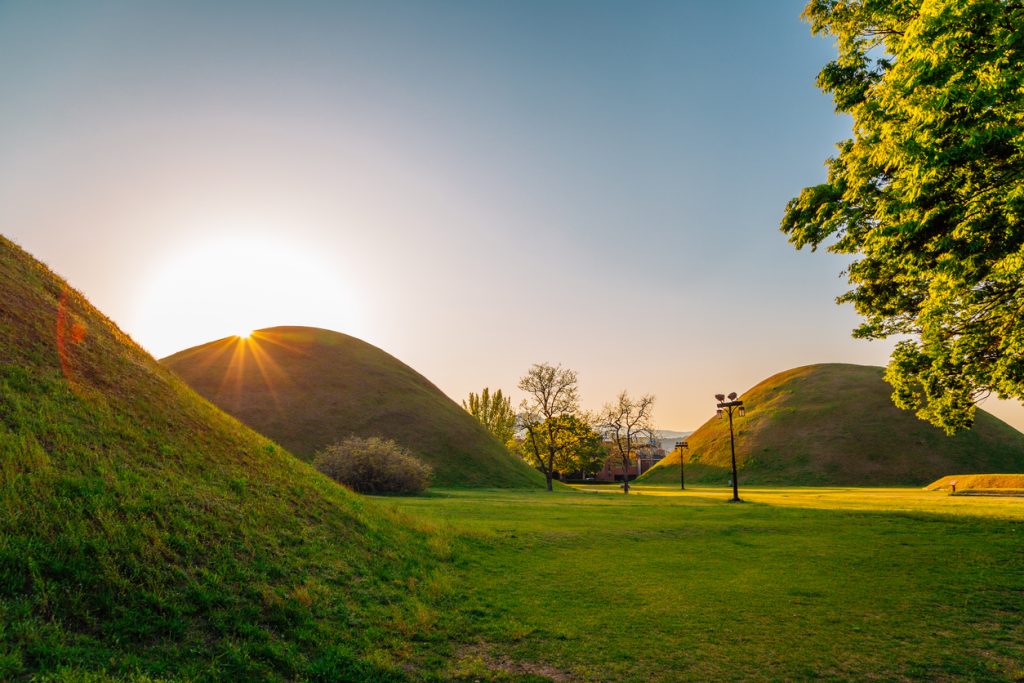
Anyone who has visited Korea knows that the temples are some of the most stunning places in the entire country. Don’t miss out on these UNESCO World Heritage sites during your trip to Korea! If these don’t work with your itinerary, check out the UNESCO website for more suggestions.
Royal History Today: UNESCO Sites of Korean Royalty
Many of the UNESCO World Heritage sites in Korea are dedicated to protecting buildings and structures that were built during the royal dynasties of Korea. Korea had royal rule for around 500 years, so lots of UNESCO sites are palaces, tombs, and the like. As you travel the country, keep an eye out for prominent UNESCO heritage sites around the country, honoring the royalty’s past. Some of the most popular ones include:
- Joseon Dynasty Tombs – if you’re in the Gyeonggi-do Province, you can hop by and check out the royal tombs of kings and queens of past years. The site contains forty separate tombs, spread across nearly twenty different locations. Each tomb has a prominent burial mound, with decorations around it representing the achievements and history of each figure. Built over the course of 500 years, the Joseon Dynasty tombs capture a particular chapter in Korean history.
- Jongmyo Shrine – for those interested in Confucianism, Jongmyo Shrine should be on your list of UNESCO sites to visit. This shrine is widely regarded as one of the best preserved, oldest in the entire country. For being constructed during the 16th century, the shrine has remained incredibly true to its original state, still hosting rituals and traditions meant to honor and glorify the ancestors. If you want to see this special site, you’ll need to take a guided tour, as that is the only authorized way to enter the grounds.
- Hwaseong Fortress – this gorgeous castle in Suwon is a must-visit if you want to see the most popular UNESCO sites in Korea. This castle dates back to the Joseon Dynasty and was built to protect the city at that time. Now, it stands around the historic center of Suwon, one of the most prominent cities in Gyeonggi-do Province. You may also see this castle referred to as “Suwon Fortress Hwaseong,” but rest assured it’s the same site!
As noted, royal history is a big part of the story of Korea. You really shouldn’t visit the country without checking out at least one of these sites, which capture the grandeur and importance of the royal dynasties. If you want to see even more, you can check out the UNESCO website to find even more!
Living Traditions: Intangible Cultural Heritage
In addition to physical UNESCO heritage sites you can visit, there are other kinds of UNESCO World Heritage items. Traditions or practices rooted in specific cultures can also be designated as an intangible cultural heritage and protected under UNESCO. If you’re wondering what an intangible cultural heritage item is, UNESCO defines it as “traditions or living expressions inherited from our ancestors and passed on to our descendants.” Normally, these intangible cultural heritage items are dances, rituals, oral traditions, or specialty skills required to make traditional items.
Korea has plenty of these intangible cultural heritage items as well, which you should experience during your trip to Korea. While experiencing these things is not as simple as visiting Jeju Island or checking out a temple, it is well worth it to make sure you plan some time in your vacation to see these traditions as well. Here are a few you should be looking out for:
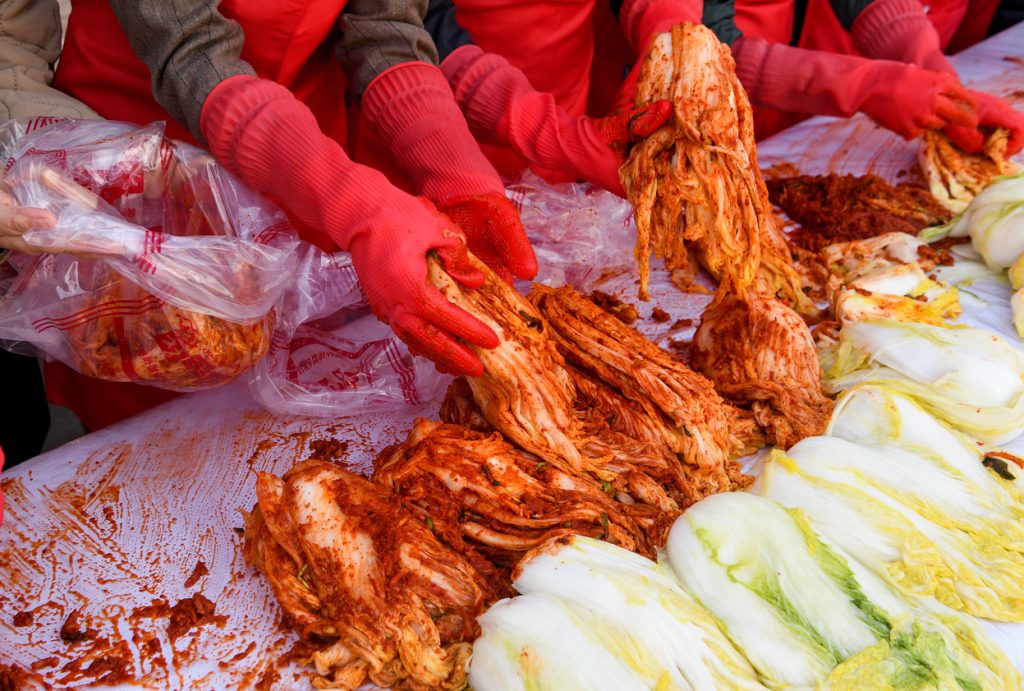
- Gimjang, the Kimchi Traditions – in Korea, the process of making and sharing kimchi during the fall. Traditionally, large groups of people, families or entire communities, get together to make kimchi in the fall, so they can use it through the winter. If you’re in Korea, you may not get the chance to witness the Gimjang traditions, but kimchi is widely available in supermarkets and restaurants. At a minimum, you should make sure that you try some with your food! It’s a delicious way to get closer to Korean cuisine and culture.
- Ganggangsullae Dance – this beautiful dance was originally intended to encourage a great harvest. Traditionally danced under the full moon, during the Chuseok celebration. The dance begins as a circle, perhaps a homage to the moon, transforms as the dance goes on, finally ending in another circle. Though extremely traditional, the dance is still taught in schools and is widely performed around the country. If you can’t find a live show to see it, you can always look for a video online to get the experience.
- Arirang Folk Music – If you’re a music lover, you must listen to Arirang Folk Music during your time in Korea! In fact, as you move through the country, you’ll experience different regional variations of this folk music. As you travel around the country, keep your eyes (and ears) out for this fantastic music. As with the rest of these cultural traditions, you can also find excellent examples of them on the UNESCO website or on Youtube.
Travel Korea: UNESCO World Heritage Spots to See in Korea
When you’re visiting Korea, you’ll want to see all the best historical and cultural sites. The natural first place to look is the UNESCO World Heritage lists. Whether you’re interested in history you can put your hands on or intangible cultural traditions, you can find what you’re looking for with the UNESCO sites. Make sure to include some of these incredible sights and experiences in your itinerary for your next trip to Korea!

